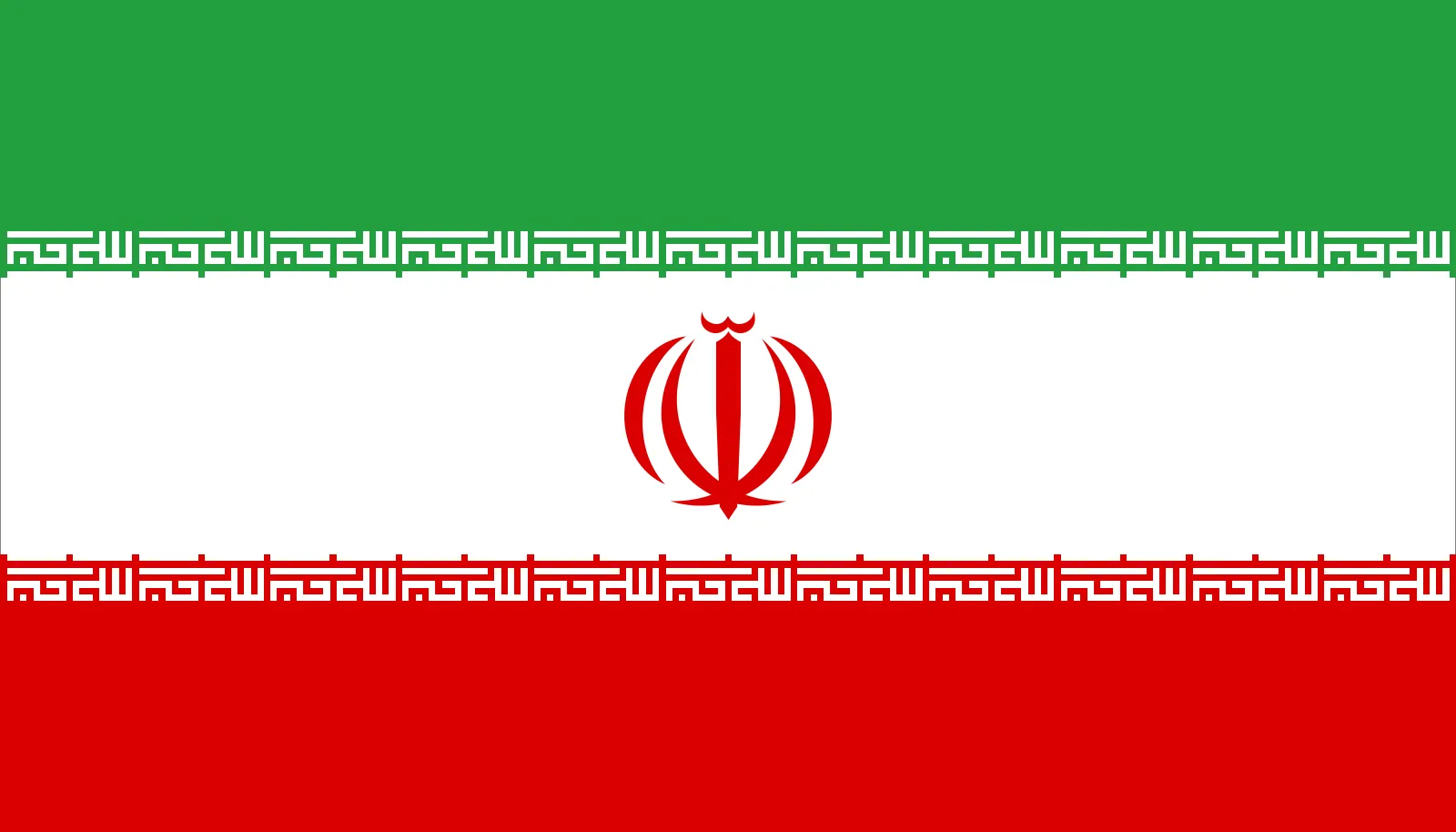
A Land of History, Culture, and Diversity
A Land of History, Culture, and Diversity
rich in history, culture, and natural beauty. Located in the heart of the Middle East, Iran offers a unique blend of ancient traditions and modern life, making it a fascinating destination for travelers, historians, and culture enthusiasts alike. In this blog, we will explore Iran’s geography, history, culture, . landmarks, and more
Geography and Climate
Iran is a vast country situated in Western Asia, bordered by the Caspian Sea to the north, the Persian Gulf and Gulf of Oman to the south, and sharing borders with countries such as Iraq, Turkey, Afghanistan, and Pakistan. With diverse landscapes ranging from deserts and mountains to forests and coastlines, Iran’s climate varies significantly. The northern regions experience moderate, rainy weather, while the central and southern parts are often dry and arid.
A Glimpse into History
Iran is home to one of the world’s oldest continuous civilizations, dating back thousands of years. The Persian Empire, established by Cyrus the Great around 550 BCE, was one of the largest empires in ancient history, known for its advancements in governance, architecture, and culture. Over centuries, Iran has witnessed the rise and fall of empires, including the Achaemenids, Parthians, Sassanids, and later Islamic dynasties
The country has played a critical role in regional and global history, from the Silk Road trade routes to cultural exchanges between East and West. Historical sites such as Persepolis, the ancient ceremonial capital, and the ruins of Pasargadae testify to this rich past
Culture and Traditions
Iranian culture is a vibrant tapestry woven from its Persian roots, Islamic traditions, and regional diversity. Persian literature, poetry, and art have had a profound influence worldwide, with figures like Hafez, Rumi, and Ferdowsi celebrated globally
Traditional music, carpet weaving, calligraphy, and miniature painting remain integral to Iranian identity. Festivals such as Nowruz (Persian New Year), celebrated at the spring equinox, highlight themes of renewal, family, and heritage
Famous Landmarks and Tourist Attractions
: Iran offers an array of fascinating destinations
Persepolis : The ancient ceremonial capital of the Persian Empire with stunning ruins
Isfahan : Known as “Half of the World,” famous for its beautiful Islamic architecture including Naqsh-e Jahan Square, mosques, and bridges
Shiraz : The city of poets and wine, home to the tombs of Hafez and Saadi
Tehran : The bustling capital with museums like the National Museum of Iran and the Golestan Palace
Yazd : A desert city renowned for its unique windcatchers, Zoroastrian fire temples, and ancient architecture
Cuisine
: Iranian cuisine is a delicious blend of herbs, rice, meats, and spices. Popular dishes include
Chelo Kebab : Grilled meat served with saffron rice .
Ghormeh Sabzi : A flavorful herb stew with lamb and beans .
Fesenjan : A rich walnut and pomegranate stew .
Tahdig : The crispy golden layer of rice at the bottom of the pot, a beloved delicacy .
People and Society
Iranians are known for their hospitality, warmth, and deep appreciation of art and culture. Family plays a central role in society, and social gatherings often revolve around food, poetry, and music .
Despite modern influences, many traditional values and customs remain strong, creating a dynamic yet respectful balance between old and new .
Final
Iran is a country of contrasts and harmony, where ancient history meets contemporary life, and diverse landscapes offer endless exploration. Whether you are drawn by its rich culture, historical monuments, or the warmth of its people, Iran promises a memorable and enriching experience.

